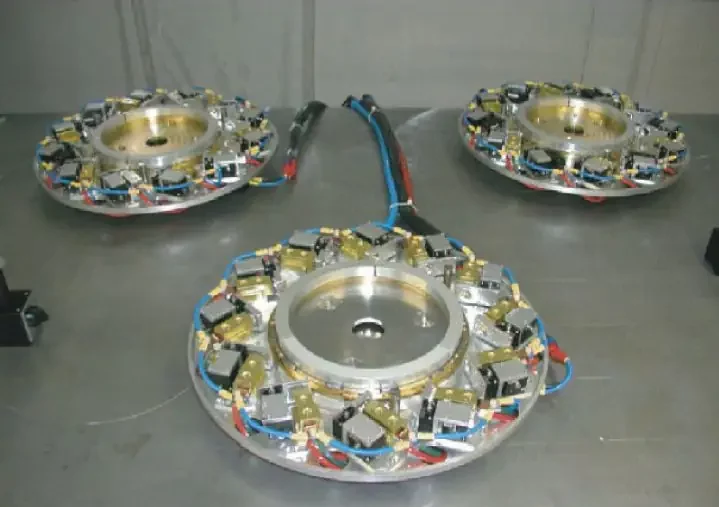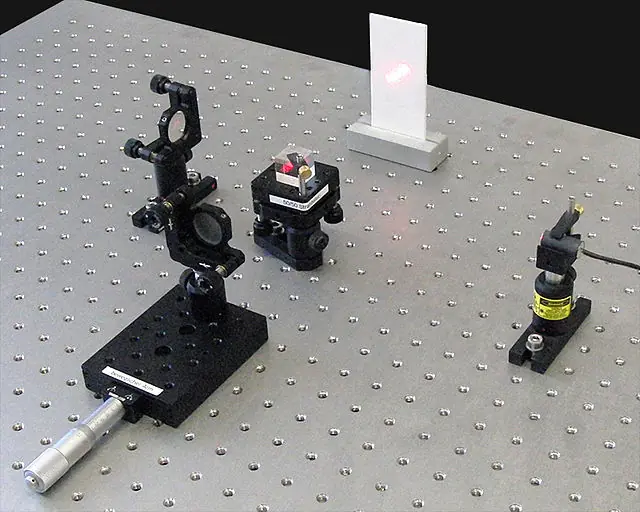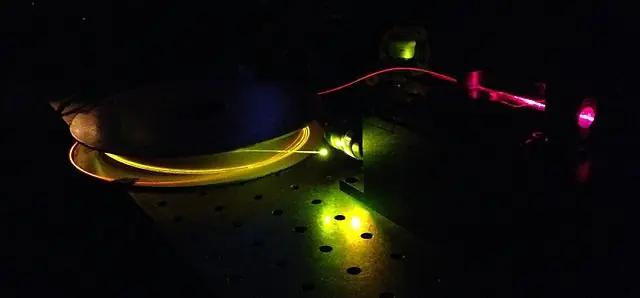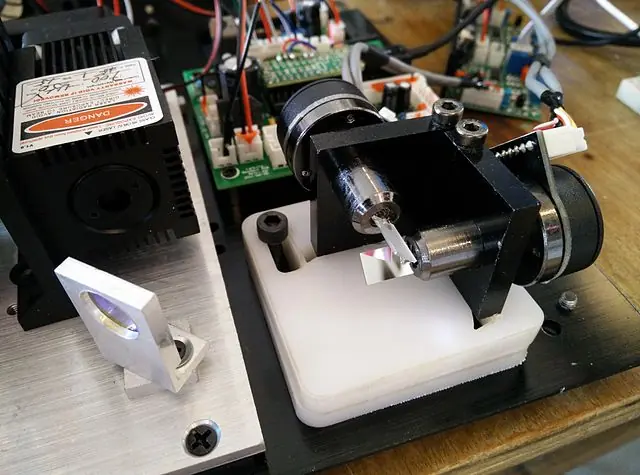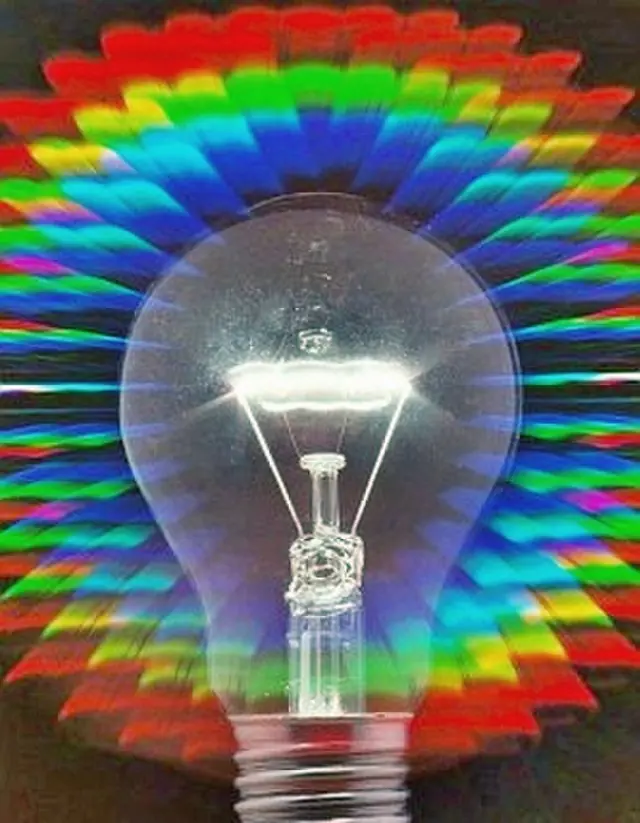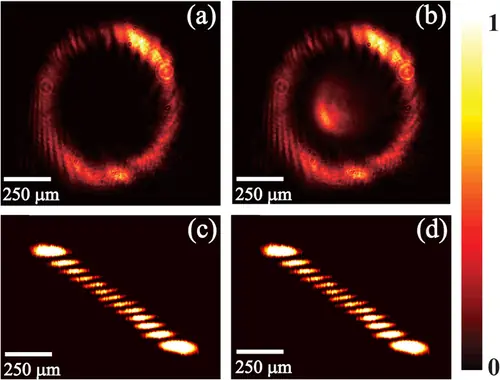Pulse Compression Gratings: Exploring the Physics, Mechanics, and Applications
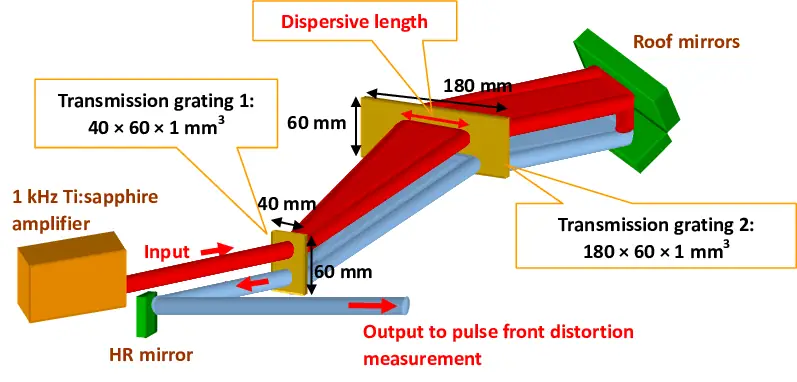
Pulse compression gratings are optical devices used to modify the temporal characteristics of a light pulse. These devices are composed of a series of mirrors or gratings that interact with the light pulse to change its shape. Pulse compression gratings are used in spectroscopy and laser technology to increase the efficiency of the light pulse.Their use allows for a reduction in the duration of a light pulse, enabling higher resolution imaging. Additionally, these devices can be used to increase the energy of a light pulse, allowing for more powerful laser technology.
Pulse compression gratings are an important tool for manipulating light in a variety of applications. Gratings are a type of optical element composed of a series of slits or grooves that diffract light. Pulse compression is the process of reducing the time duration of a signal while preserving its power. Pulse compression gratings are used to manipulate the temporal characteristics of a laser beam and are used in spectroscopy for measuring the frequency of light and in laser technology for creating short pulses.
Pulse compression gratings are an important tool for manipulating light in a variety of applications. They are used to measure the frequency of light in spectroscopy and to create short pulses in laser technology. By diffracting light through the grating, the frequency of the light is measured and the pulse is compressed, reducing its duration while preserving its power. This allows for more precise manipulation of the laser beam, enabling shorter pulses and higher power levels.
Unpacking the Mechanics
Gratings are diffraction devices that use a series of parallel grooves to diffract light into its component parts. Pulse compression is a technique used to reduce the duration of a laser pulse while maintaining its peak power. When combined, pulse compression gratings are a useful tool for manipulating laser pulses and can be used in a variety of applications. They use a series of parallel grooves to compress a laser pulse, reducing its duration while preserving its peak power. This makes them a powerful tool for spectroscopy and laser technology. By manipulating the wavelength and duration of a laser pulse, they can be used to detect different elements and measure the intensity of light. Pulse compression gratings are a useful tool for manipulating laser pulses and can be used in a variety of applications, from spectroscopy to laser technology. By compressing a laser pulse, the wavelength and duration of the pulse can be altered, allowing for more precise measurements and analysis. Pulse compression is an important tool for scientists and engineers, and pulse compression gratings make it possible to manipulate laser pulses with greater accuracy and efficiency.
Putting PCGs to Use
Pulse Compression Gratings (PCGs) are an important tool used in spectroscopy to disperse light into its component wavelengths. This allows scientists to measure the intensity of light at different wavelengths, which can be used to identify molecules. PCGs can also be used to improve the power and efficiency of lasers, as well as to control the pulse length of the laser. By manipulating the angle of the grating, scientists can shape and compress the pulse of laser light. In addition to spectroscopy, PCGs can be used in a variety of applications such as optical telecommunications, laser rangefinding, and laser spectroscopy. PCGs can also be used to create ultra-short optical pulses, which can be used for ultra-high-speed communications and signal processing. Furthermore, PCGs can be used to increase the efficiency of optical amplifiers and reduce the size of optical systems. PCGs are an invaluable tool in the world of optics and photonics, and their applications are only growing.
Pulse Compression Gratings are also used in astronomy. By using gratings to measure the intensity of light from distant stars, astronomers can gain valuable insights into the composition of the stars and their environment. This information can then be used to study the formation and evolution of galaxies and other celestial objects.
In conclusion, Pulse Compression Gratings are a type of grating that can compress light pulses and have a variety of applications in spectroscopy and laser technology. Their unique design, made up of a series of parallel lines spaced a certain distance apart, enables them to redirect light into a single direction, thus compressing the light pulses. This article has provided an overview of Pulse Compression Gratings and their uses, and further research should be done in order to gain a more comprehensive understanding of this technology.

